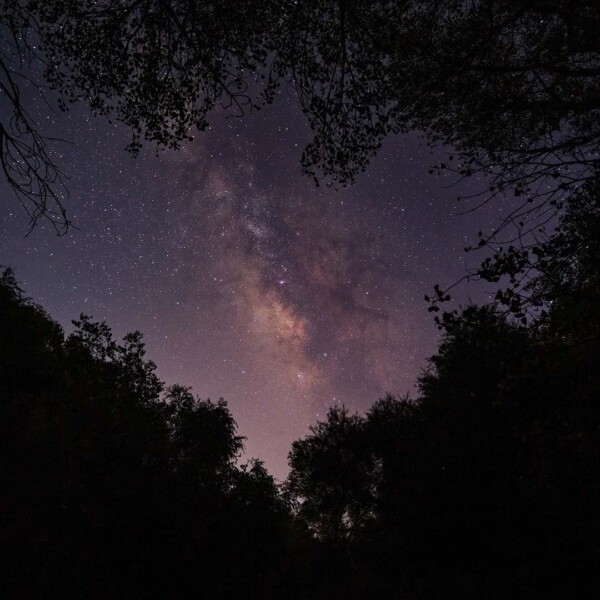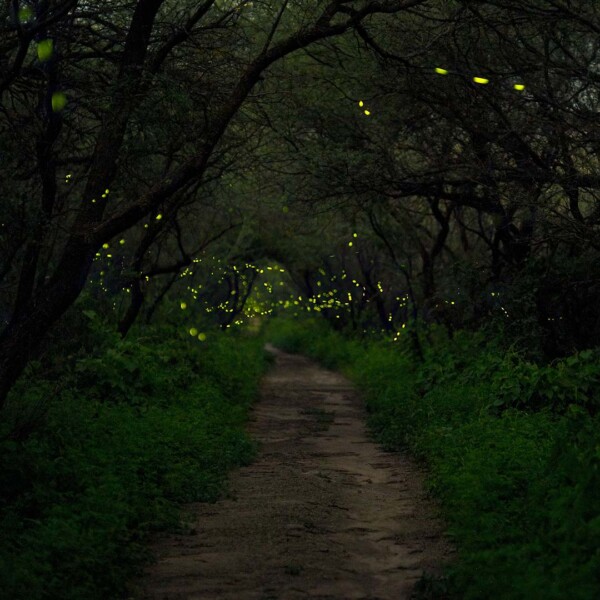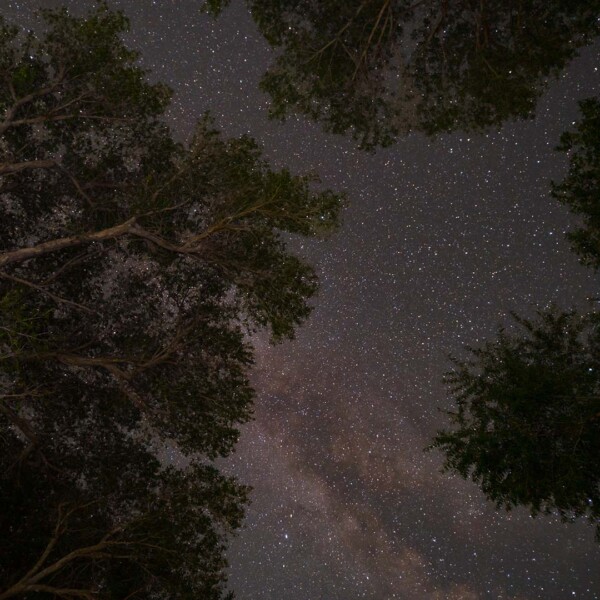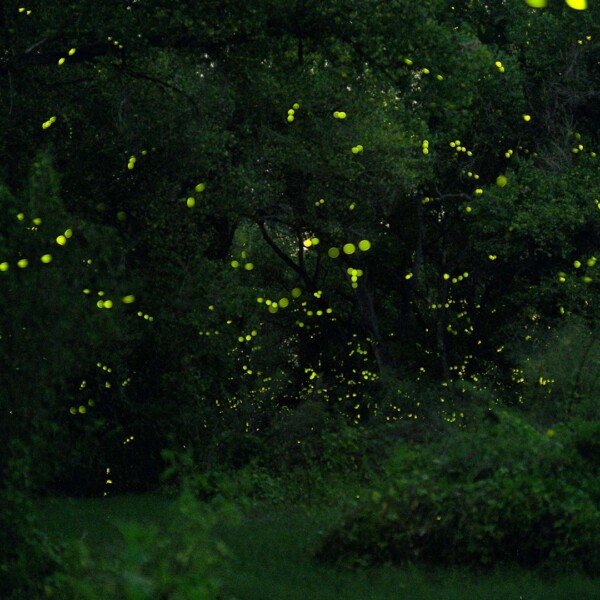Guest Blog and Photos by Julius Schlosburg
On the East Coast many of us grew up catching fireflies or “lightning bugs.” We’d contain them in jars or in our hands, falling asleep to the strange, bitter smell they leave on one’s skin, which seems to take an entire day to depart. But of course I had no expectations of seeing them here in southern Arizona. More than the snow, more than the Chesapeake, more than the deciduous horizons — I missed fireflies after living here for over a decade.
Occasionally I’d search for info about fireflies in Arizona and always came to the conclusion that, aside from the occasional glowing beetle larva, they were not to be found. Surprisingly, I also discovered that many people who’ve never seen one relegate the firefly to the same realm as the unicorn — they don’t realize they actually exist.
In July, I received an email from Sky Island Alliance announcing another “Coffee Break” lecture — this time on fireflies of southern Arizona. I immediately registered and eagerly anticipated the talk by an entomologist named Joe Cicero. The lecture was fascinating — diving into the different types of fireflies in Arizona, their complex lifecycles, and the intricate communication methods they employ in their flashing. It was an entire world. I made a promise to myself to visit Peña Blanca Lake, where Dr. Cicero had documented large numbers of Photinus knulli, a synchronously-flashing firefly that’s currently suffering habitat loss.
As the monsoons approached, I began performing photography work for several conservation groups, one of which was the Sonoran Institute, which needed images of the Santa Cruz riparian corridor near Tumacácori. During the course of conversation with a park ranger, I brought up the recent talk about fireflies. He said he’d seen the same talk and shared that he’d found a huge density of fireflies right in the area along the Santa Cruz. Fairly ecstatic, I noted the spot and made plans to return.
Shortly after, I made my way down to the area with my partner Gia. We hiked along the De Anza trail until it became quite dark. No fireflies. We were a bit disappointed, but I thought maybe we just had the wrong location. As we started making our way back, we saw a flash. Then another. Then three. Suddenly, fireflies were everywhere around us, in clusters of five to eight. As the density increased, they began to flash in sync, with one flicker leading to a myriad of flashes in a single area.
We excitedly continued along to where the ranger had mentioned and were stopped by the sight of a large, white sheet draped over the trail, in an area we had walked just 40 minutes earlier. Gia was disturbed, but I had seen this before — there was an entomologist nearby. As we continued, we ran into a small group of hikers carrying more sheets, blacklights, and nets. To our delight and surprise, they were led by Joe Cicero and included Bryon from Sky Island Alliance! Joe invited us to join them, to learn about the fireflies, and he even lent us a pair of rubber boots that Bryon shuttled back and forth across a flooded area so we could all cross without getting our feet wet. It was a wonderful night that ended with a display of thousands of insects.
Of course, as a photographer, my desire to document these creatures was overwhelming, and I had brought my full field kit with me. My images that night were promising, but I knew I wanted more. So I ended up returning four more times, spending many hours alone in the darkness, surrounded blissfully by these incredible creatures (but also terrified by other creatures which made loud sounds and refused to be seen aside from the occasional pair of eyes lit up by my headlamp). By my fifth visit, I had made some images that I hope convey the beauty of the area and these fireflies — and I can’t wait until next monsoon season to return and see them again.
Julius Schlosburg is a Tucson-based photographer specializing in community-focused imagery in Tucson, Arizona, and the surrounding regions. This includes portraiture, event, architectural, and ecological photography.







